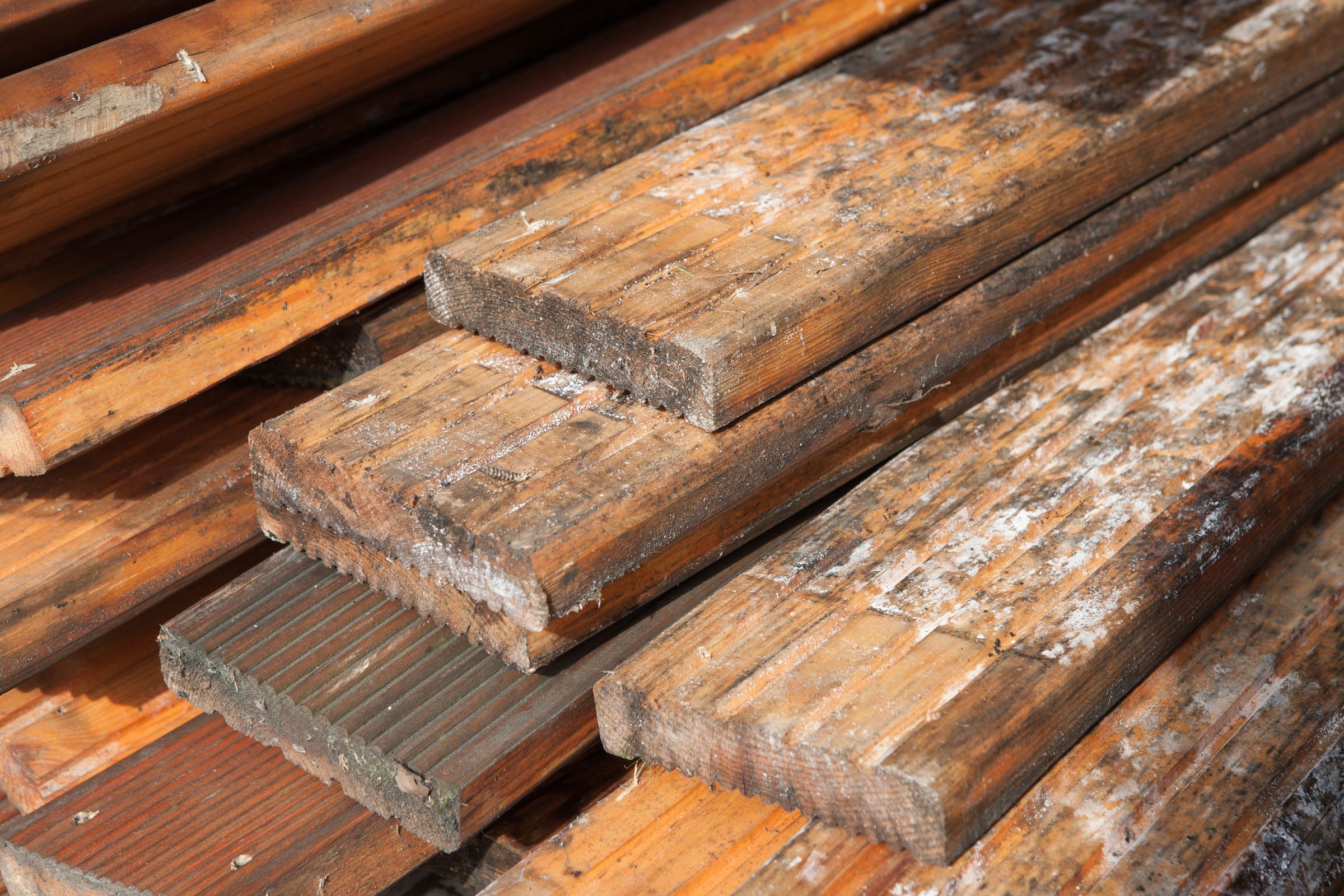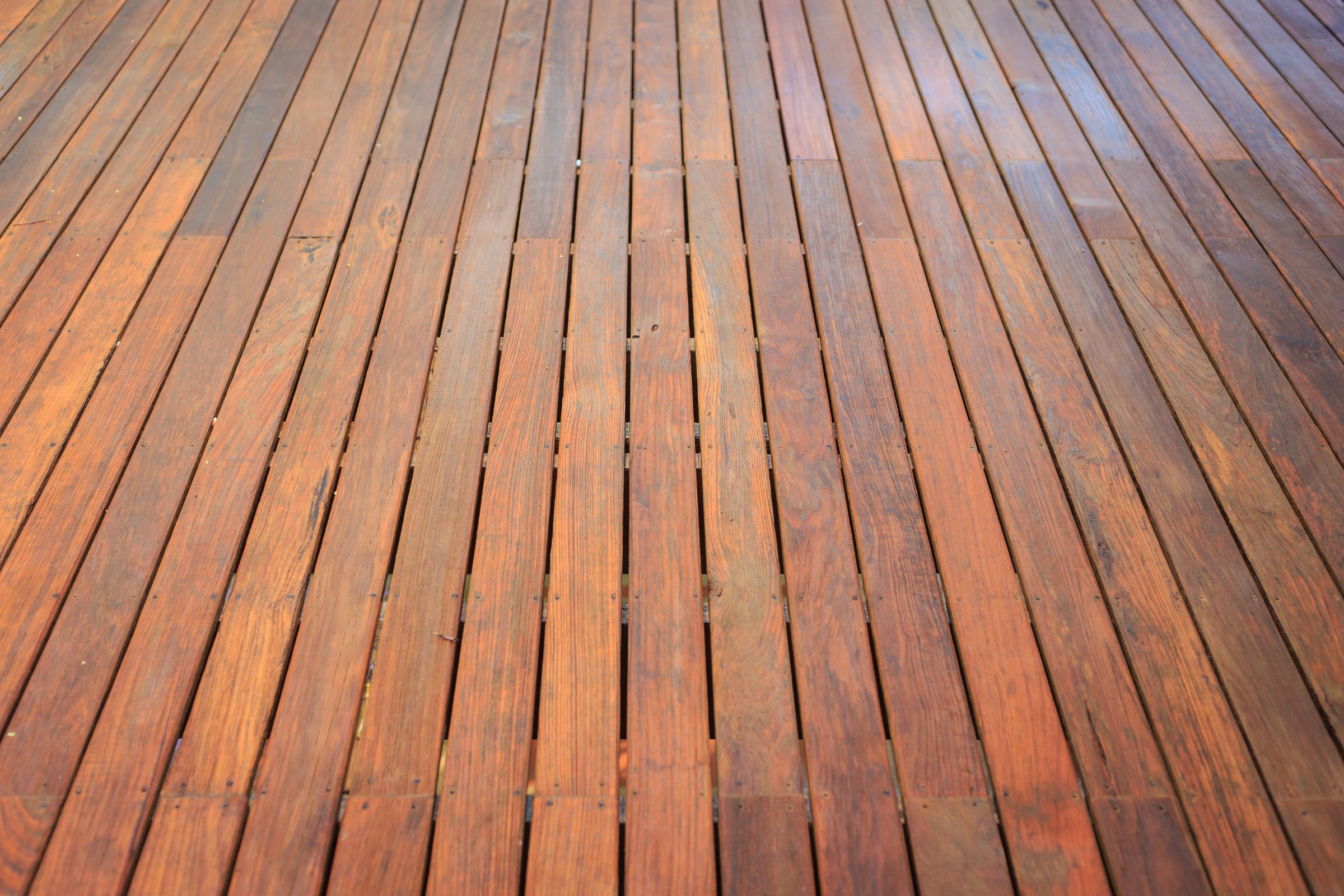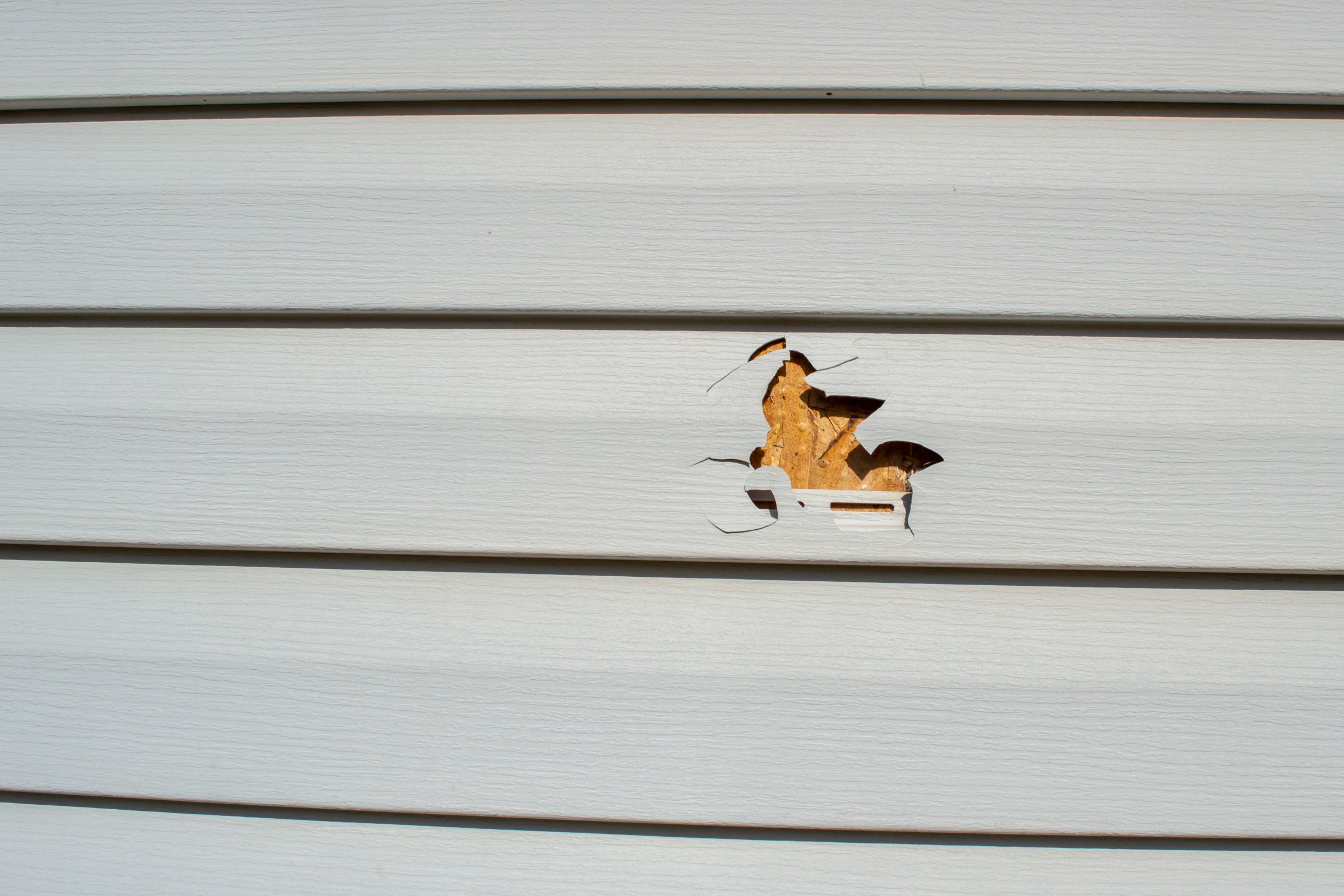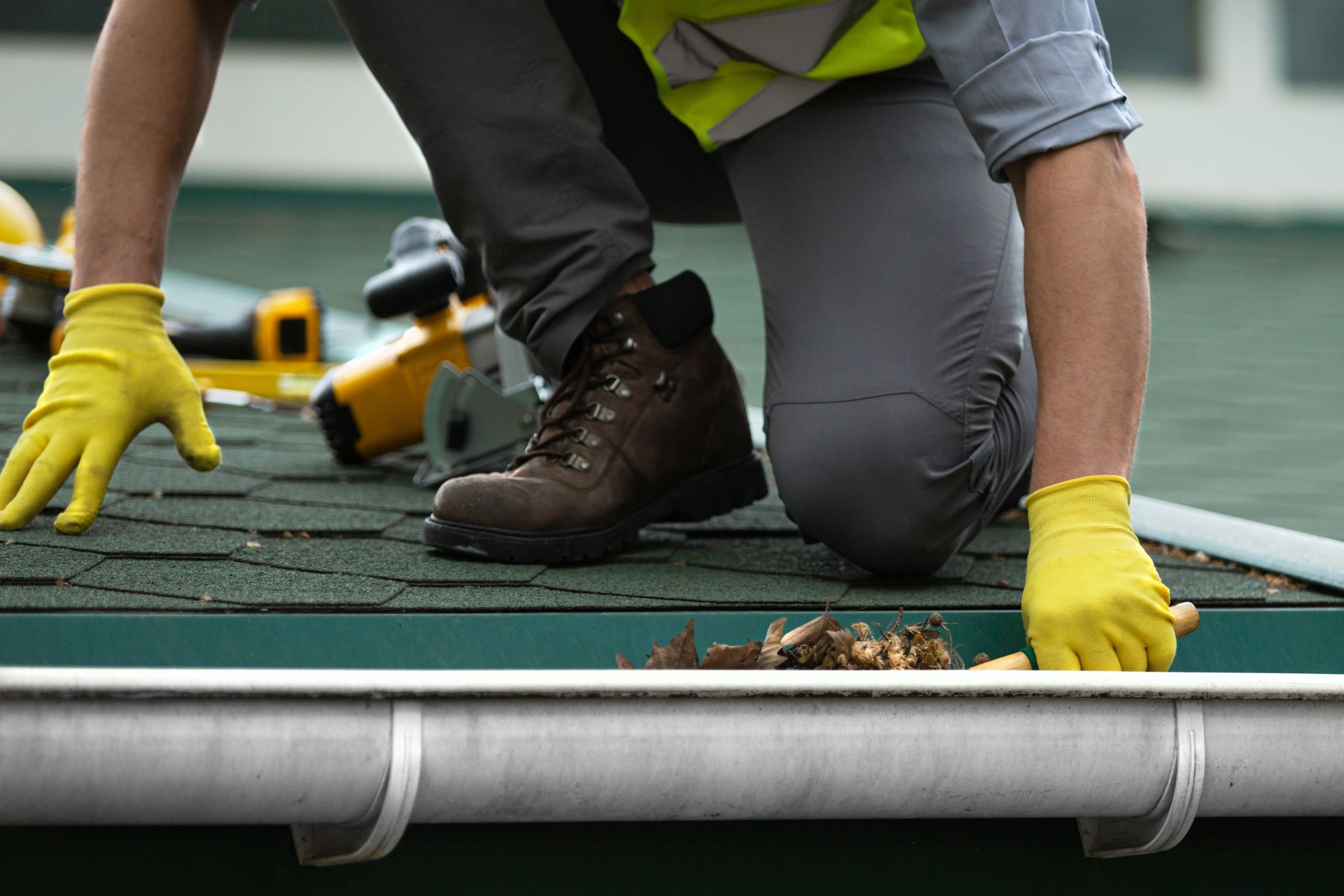Are you considering building a brand-new deck or updating your old one? The right choice…

Signs Your Deck Needs Repair: Identifying Common Issues
Signs of potential damage on a deck can include water damage, cracks, and deterioration of the wood. To determine if repairs are needed, it’s important to regularly inspect your deck for these signs. Look for any discoloration or soft spots on the wood, which could be indicators of water damage. Cracks or splintering in the wood can also be signs of damage. Additionally, if the sealant on your deck is wearing off or if the wood is starting to grey, it may be time to reseal the deck to prevent further damage.
Regularly checking for these signs of damage can help catch potential issues early and prevent more extensive damage to your deck. If you notice any of these signs, it’s important to address them promptly to prevent further deterioration and ensure the safety and longevity of your deck.
Common Issues
Decks are a popular feature of many homes, providing a space for outdoor relaxation and entertainment. However, they are also vulnerable to various common issues that can affect their stability, safety, and appearance. Some of the most prevalent problems that decks may encounter include rotting, warping, loose or damaged boards, inadequate support, and improper drainage. Understanding these issues and how to address them is essential for maintaining the durability and functionality of your deck, ensuring that it remains a safe and enjoyable space for years to come.
Wood Rot and Water Damage
To address wood rot and water damage on a deck, start by thoroughly inspecting the entire structure for visible signs of rot. Look for discoloration, mold, mildew, and soft areas in the wood. Pay specific attention to areas that are constantly exposed to moisture, such as where the deck meets the house or where water may be pooling.
Next, check for any areas where water may be pooling or seeping into the wood. This could be caused by poor drainage, improper sealing, or adjacent structures directing water onto the deck. Take steps to prevent further water damage by fixing any drainage issues, sealing the wood properly, and redirecting any water sources away from the deck.
Prevention is key in addressing wood rot and water damage on a deck. Regularly inspect and maintain the deck, keep the area around the deck clean and free of debris, and consider applying a protective sealant to the wood. By being proactive in identifying and addressing any issues, you can prolong the life of your deck and prevent further damage.
Loose Railings and Deck Boards
When addressing loose railings and deck boards, the first step is to inspect the deck for signs of wear and tear. Check the railings for any loose or damaged sections and make the necessary repairs or replacements as needed. Ensure that the railings are installed according to the manufacturer’s instructions to guarantee their effectiveness.
After addressing the loose railings, inspect the deck boards for any damage or rot. Replace any compromised boards to maintain the integrity of the deck and prevent any safety hazards. By following these steps, you can effectively address loose railings and deck boards, maintaining the safety and integrity of your deck for years to come.
Structural Damage and Safety Hazards
Decks are extensions of living spaces and play a crucial role in outdoor enjoyment. It’s important to identify and address any structural damage and safety hazards to ensure the deck’s longevity and the safety of its users.
Inspecting the beams, ledger boards, steps, joist hangers, and posts for signs of rot, water damage, cracks, loose hardware, and insect infestations is crucial. If any of these issues are detected, they should be promptly addressed to prevent further deterioration and potential safety risks.
Professional inspectors and repair services may be necessary to thoroughly assess the deck’s condition and make the required repairs. It’s important to not overlook the expertise of professionals in ensuring that the deck is structurally sound and safe for use.
DIY Repairs vs. Professional Services
DIY deck repairs can be a cost-effective way to fix minor issues, but they often lack the expertise and tools needed for more complex problems. Professional services, on the other hand, offer skilled workers with the necessary experience and equipment to ensure the safety and longevity of the deck.
One of the key advantages of DIY repairs is the potential cost savings, as homeowners can save money on labor costs. However, DIY repairs also carry the risk of improper fixes that can lead to safety hazards and costly damage in the long run. Hiring professional services may be more expensive, but it guarantees a higher quality of work and peace of mind.
Successful DIY deck repairs require knowledge of carpentry, proper tools, and an understanding of local building codes. Professional services offer a wide range of deck expertise, including deck inspection, repair, and maintenance, with access to specialized equipment and materials.
While DIY repairs can be a quick fix, they may not ensure the safety and longevity of the deck. Professional services may cost more, but they provide the expertise and guarantees needed for a well-maintained and safe deck. If you require deck repairs, contact All Weather Roofing today for a free estimate.



